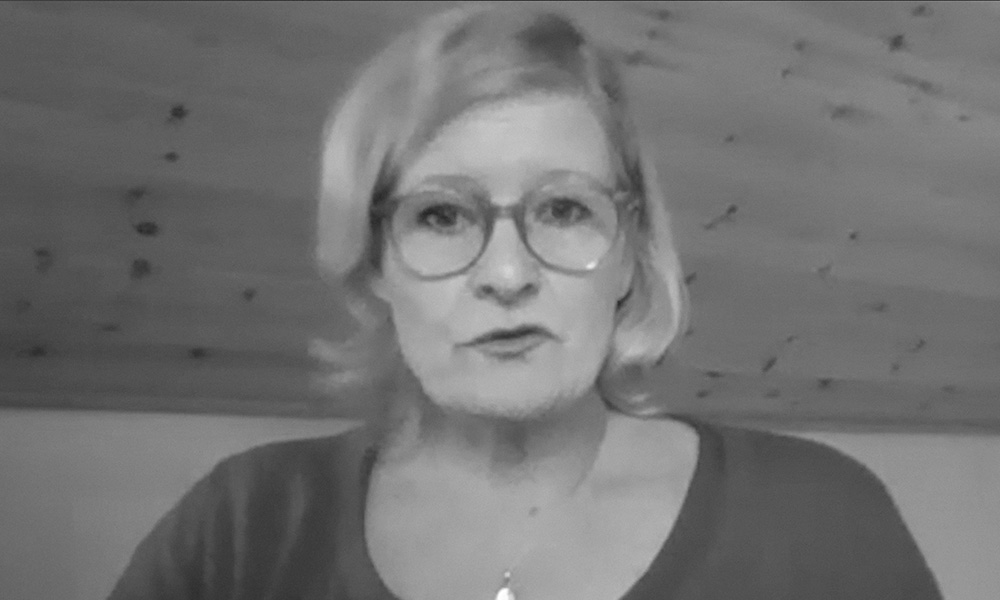For many companies, Covid-19 made speeding the pace of internal change more urgent. Now, as leaders plan for and invest in a future in which Covid-19 becomes more manageable, they are doing so with new insight into their organisations’ strengths and weaknesses. Typically, executives are looking to do three things: build needed capabilities, support innovation and accelerate growth.
By taking an agile management approach, including cultivating a mindset of trust rather than control, leaders give their company its best shot at transformation. But leading an agile transition takes work and requires the organisation to become less boss-centric and more customer-centric.
Clear sight
An agile transformation typically begins with the leadership team developing a guiding vision and then using that to communicate the potential benefits of an agile enterprise to the broader organisation. This vision isn’t developed behind closed doors and then sprung on the organisation as commandments written in stone. Agile leaders view those who will implement agile activities as customers. So they collaborate with their customers and together create the vision and the strategies for achieving it with full transparency. That’s the first divergence from the norm.
Cultivating a mindset of trust rather than control, leaders give their company its best shot at transformation.
Next, leaders and their “customers” together discuss possible alternative directions. They identify the key questions that must be answered to determine which course of action has the best chance of success. Then they jointly develop metrics for inputs, activities, outputs, outcomes and purposes that will help them monitor and adapt to the answers to those questions. In an agile transition, hundreds or even thousands of employees attack problems at their root. This can feel quite different for companies used to a small team at the top trying to figure out a company’s problems and make the necessary changes.
The agile leader’s checklist
Agile isn’t a project, so agile leaders don’t expect a completion date. The transition is a perpetual improvement process. It is the role of the agile leader to help people make decisions faster and with less information than traditional teams have. To do so, agile leaders typically do five things:
Communicate – even overcommunicate – the strategic ambition to a broad range of people. Agile leaders will be delegating far more, so they must ensure the people making those delegated decisions are aligned on what to do and why to do it. That’s how they are both flexible and faithful to the strategy.
Build decision-makers. People are afraid to make mistakes, so they bring decisions to their bosses. Strong leaders act as coaches and trainers to expand the quantity and quality of decision-makers.
Strengthen direct communication among their teams. To avoid becoming a bottleneck, agile leaders develop tools that ensure everyone can see what every team is doing at any time.
Emphasise progress over perfection. Agile leaders embrace unpredictability and understand that adequate approximations will do.
Shift measurement and reward systems to larger teams. People focus on doing what is best for the individuals they know and trust, often those in their silos. Effective agile leaders enlarge circles of trust and collaboration.
Transformation without chaos
The leadership team determines how far and how fast to go with agile. In keeping with agile principles, the team doesn’t plan every detail. The group has laid out a vision but recognises that they do not yet know the answers to many critical questions, such as how many teams they will need, how quickly to add them, or how best to address bureaucratic constraints without throwing the organisation into chaos.
Agile isn’t a project. The transition is a perpetual improvement process.
So they test and learn. They launch an initial wave of agile teams, gather data on the value those teams create and the constraints they face, and then decide whether, when and how to take the next step.
A system like this makes it possible to weigh the value of increasing agility – in terms of financial results, customer outcomes and employee performance – against its costs in both financial investment and organisational challenge.
If the benefits outweigh the costs, leaders build on the momentum and continue to scale up agile. If not, they can explore ways to increase the value of the agile teams already in place. They may accomplish this by removing organisational barriers, upgrading prototyping capabilities or lowering the cost of change by publicising agile successes and hiring experienced agile enthusiasts.
Above all else, good agile leadership teams avoid treating an agile transition as an authoritarian project, commanding their teams to “do what I say, only faster.” By approaching an agile transformation with a mindset of trust rather than control, leaders are most likely to get the results they hope for.



















































